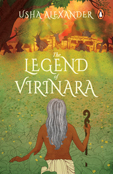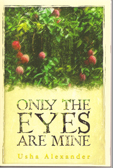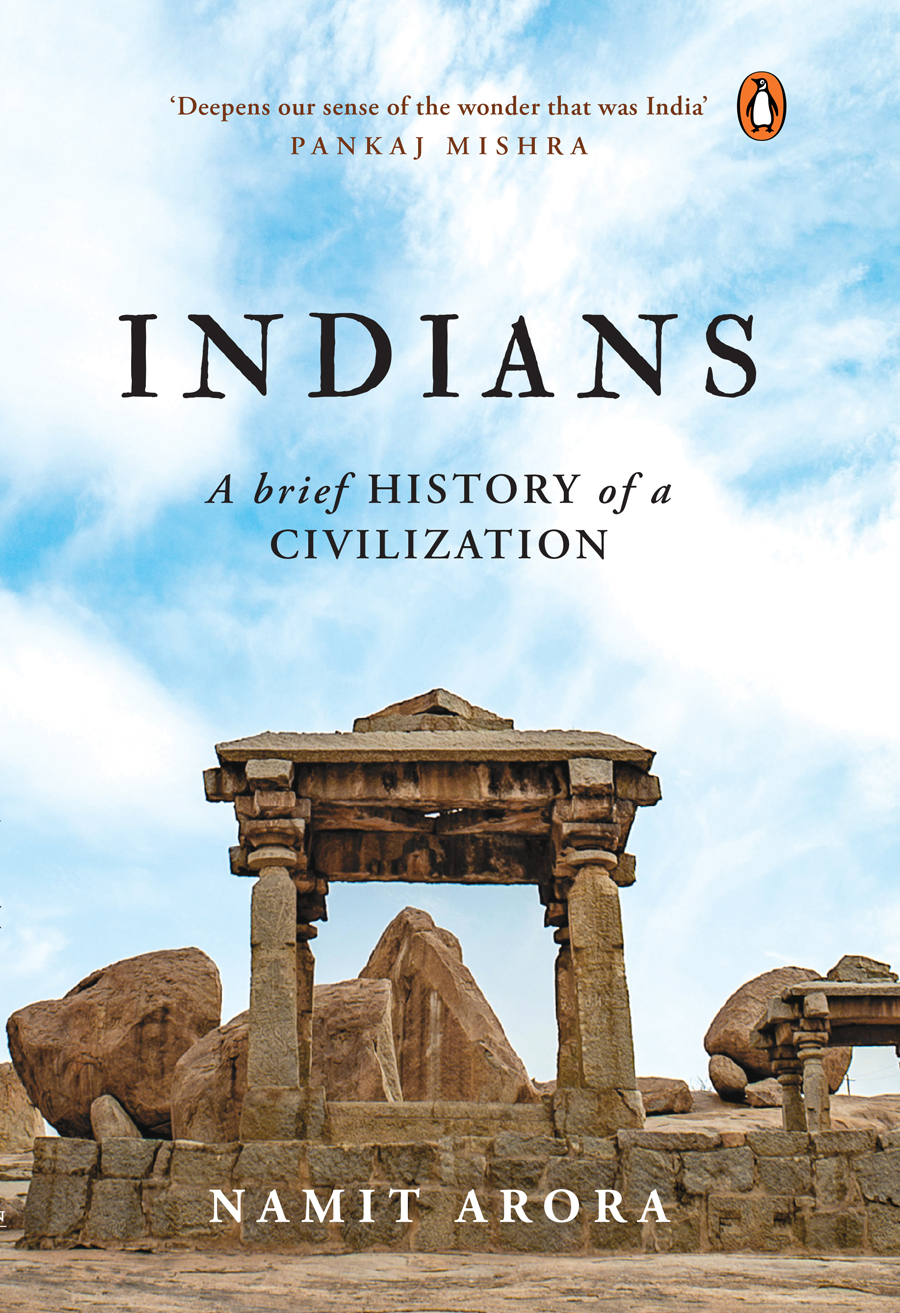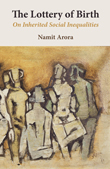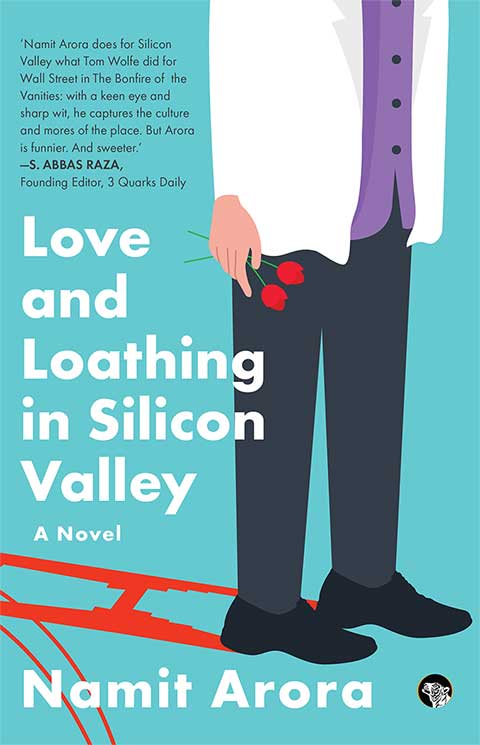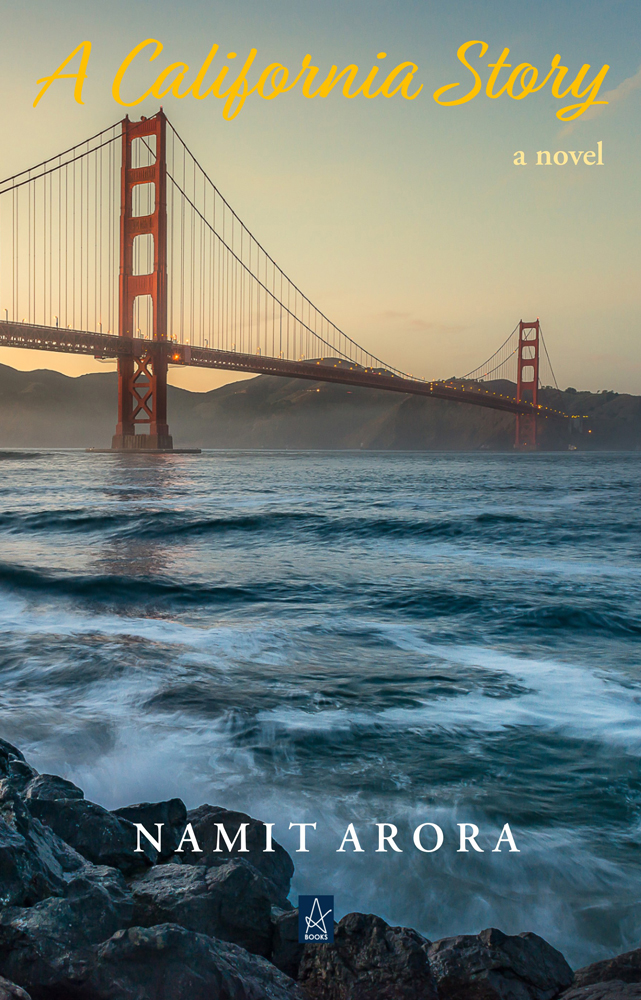| Index of articles from the Blog |
| Animals |
| Anthropology & Archaeology |
| Art & Cinema |
| Biography |
| Books & Authors |
| Culture |
| Economics |
| Environment |
| Fiction & Poetry |
| History |
| Humor |
| Justice |
| Philosophy |
| Photography |
| Politics |
| Religion |
| Science |
| Travel |
Books by
Books by
|
The Minangkabau: Mixing Islam and Matriarchy
By Usha Alexander | July 2010 | Comments
|
“In your marriage, who is the boss?” our driver, Arman, asked in a playfully provocative tone, like he was setting up the punchline of a joke. My partner and I looked at each other, laughed, and shrugged. Arman belonged to the Minangkabau, the society recognized among anthropologists as the world’s largest and most stable surviving matriarchy* (though some prefer to call it a gylany, matrix, matrifocal or matricentric society, or something else to avoid conjuring images of mythical Amazons). Knowing this, I presumed his question was part of a routine entertainment for tourists. “For us it is the woman who is boss,” he continued, predictably. “The woman has all the privileges; she owns everything. The men, we own nothing.”
These observations, and Arman’s good humor at his lack of patrimony, made me wonder how I should understand the Minangkabau matriarchaat (their word, borrowed from the Dutch). What truce had been struck between Islam and matriarchy? §
Wherever we passed, Arman stopped and chatted amiably with whomever was out. There was a conspicuous absence of men in the villages, so mostly we met middle-aged women, and children. Several women graciously let us into their homes so we could take a look at the living arrangements of the rumah gadang, or traditional longhouse, which is meant to house an extended family. Each home is a single large, common living space, with a row of cramped, dark rooms along the back wall—bedrooms for each married woman in the family to have some privacy with her husband. Instead of what Americans would call furniture, well-used rugs, cushions, the odd wooden chest, and simple wall decorations (including posters of Bollywood stars), made the cavernous common rooms feel casual, lived in, even cozy. On one end of each longhouse was a small kitchen area, where stairs lead down to a hearth built into the dirt floor, surrounded by soot-encrusted pots and pans. Arman took us through some small hold plantations, where they grow spices, coffee, and cacao, among other tropical delights, in lush stands of mixed cultures that almost looked like wild jungle growth. We strolled past shimmering rice paddies and meandered between coconut palms and cool, dark, stocked fishponds. Few people were working in the fields at the time, but most of those who did were women. We stopped to investigate the workings of a coffee mill powered by a water-wheel, where two women sifted and bagged the dust-fine coffee, intended for local markets. At two other family-owned factories, perhaps a dozen sooty, sweaty women and men labored side-by-side to process the local harvests of peanuts and sugar cane. The roasted peanuts and jaggery they produced were also bound for local markets. And all of this, Arman informed us—the lands, the produce, the homes, the small industries—belonged to the women of the clans whose lands we passed through. § It is not that men gain no benefit from the family wealth. Men, like their sisters, remain always and inalienably members of their clan. No matter how long or far a man roams to make his living in the world, his home is with his sisters, where he regularly returns, though not to become a permanent resident. He participates essentially in the life of his mother’s household, helping to discipline, raise, and educate his sister’s children, although, after marriage, he lives in his wife’s house. And respected men within each clan or subclan are nominated and selected to hold a range of political titles.
Indeed, Minangkabau men and women are dispersed throughout the Indonesian Islands and beyond, and it’s their cuisine (Padang) that has come to stand for “Indonesian food.” Minangkabau openness and exposure to the wider world is often credited for the fact that many of the early agitators for Indonesian independence from the Dutch came from the Minangkabau, and today they continue to be disproportionately overrepresented in the country’s educated and leadership circles. Ideally, after gaining worldly experience, a man will return with his wife to her ancestral house, to live there along with her sisters and their children. §
When we stopped to photograph a mosque, I asked Arman if his wife wore the jilbab. “Yes, she does. She doesn’t wear it around the house, but even if she runs out to the market, she will be sure to put it on.” He intimated that, while he would not think of forcing her to wear it, he was proud that she chose to do so.
As in any society where women are economically independent, divorce is fairly common for the Minangkabau, and can be initiated by either party. As Arman told us with concern and resigned irritation, his own sister was working on her third divorce. While the family was unhappy about her decision, she was not forbidden from it. (His family might, I imagined, finally penalize her through the ordinary anger, criticism, and passive-aggression that are a universal (if difficult) fact of family relations.) But since a child’s home life and relationships to parents and other guiding figures are clearly defined and not severely altered or broken by divorce, Minangkabau social structures offer escape for both women and men who find themselves unhappily married, without damaging their children.
That Islamic feminist publications existed eighty years ago surprised me. But I also noticed that this writer’s objections to child marriage suggest that the practice was motivated by something other than the more usual Draconian concern for controlling a girl’s chastity, life path, and reproductive value. An upstanding Minangkabau man is one who contributes his earned wealth both to his sisters and to his wife. In this way, what men individually acquire is brought back into the extended family. While certain financial obligations to each party may be prescribed, much is discretionary, making the waters of ego and obligation between sisters and wives tricky enough to navigate. This can only be made harder for a man with multiple wives who must be treated equally, according to the Koran. This does not sound like a recipe for harmonious marital relations, and any woman who is deeply unhappy with the arrangement can finally divorce a polygamous husband. Interestingly, some polygamous marriages do persist. § The Minangkabau are explicitly aware of the points of conflict between Islam and the matriarchaat, and have consciously and carefully sought ways to rationalize the two systems and even bring them to cohesion. For decades during the early 19th century, they suffered a period of brutal guerilla violence, a civil war in which the stakes were the preservation of Minangkabau tradition, called adat, versus the adoption of Wahhabi Islam. The war was instigated by the violence of the Padris, lead by Tuanku Imam Bondjol, who declared jihad on the institutions of the matriarchaat and the highest ranking families of the Minangkabau nation in favor of what he considered a purer form of Islam than the one they practiced. It is important to recognize, however, that from the beginning the adat traditionalists were no less committed to Islam than their rivals; the salient difference was that they believed it was essential to find a way to reconcile the belief systems, rather than jettison one or the other. Dutch colonialists, who until this time had not ventured deeply into West Sumatra, entered the fray in 1820. Lured there by Minangkabau wealth, which had been rapidly increasing in the preceding decades, primarily through local production of gold, coffee, pepper, and cassia, they saw an opportunity in the Padri conflict. The Dutch East India Company (VOC) signed trade treaties with the Minangkabau royal families and sent troops into the hills to fight against the Padri factions. Of course, the Dutch, themselves possessed of a belief in divinely ordained patriarchy, also considered the Minangkabau social system barbaric and contrary to god’s designs for humanity; they had no intention of preserving it.
But from all this cultural upheaval and mayhem came a resolute and articulate defense of the matriarchaat. The Minangkabau had defended their tradition from Islamic reformers for some two hundred years, even sacrificing their lives against the Padri. And with the Tuanku’s change of heart, an actual policy had emerged, wherein sharia was said to preside over matters of religion, and adat was to preside over matters of society—a separation of domains. By the time the Dutch were in a position to impose their colonial reformations on the matriarchaat, a mature and confident cultural resistance prevailed. Women even stepped into the breach created by the conflict to expand their role and redefine some aspects of tradition that had once restricted them. According to Sanday, the Minangkabau describe their culture as being made up of three equally essential and interwoven strands, including their ancient cultural customs and beliefs (adat), Islam, and the state. Where the three strands cross, they try to locate the point of balance or to bring them into alignment. It helps that their worldview is not uncomfortable with duality, contradiction, and difference, as expressed by one Minangkabau man:
To ameliorate conflict between adat and Islam, the Minangkabau do what people usually do: 1) engage in moral reasoning to find the best compromise; 2) delineate the conflicting realms such that they do not coincide; and 3) rationalize, deny, double-think, and reconstruct memories and histories. The reasoning of one pious man quoted by Sanday struck me as inventive:
In other words, he describes what is a complete inversion of the Abrahamic creation myth as I know it. But then this is the function of myths: they are living stories, able to be renewed with every telling. No doubt the unusual character of Islam in West Sumatra is due to the unusual cultural substrate that it encountered when it arrived here, so far from its origins. This new environment was different enough, and solid enough, that it changed the very character of the religion as the Minangkabau adapted it to accommodate their worldview. This is, of course, what happens in every case, when an established culture integrates a foreign belief system. What makes this case surprising, then, perhaps has less to do with the mixture of Islam and matriarchy, and more to do with my received notions of Islam as an inflexibly misogynistic tradition. ____________________ VIDEO (3 minutes)
_______________________ NOTES * Matriarchy, here, is not defined as the mirror image of patriarchy, in which women dominate men in the identical roles and modes typically considered masculine in patriarchal societies. Rather, matriarchy is a system in which women are considered to be at the center of the social and economic system. For an excellent discussion on this matter, which exceeds the scope of this piece, see Sanday. For another perspective, note that Hadler responds to Sanday, saying, “I agree that this is the sort of society we find in highland West Sumatra. On the other hand, I am not prepared to dismiss patriarchal political and religious movements in West Sumatra as un-Minangkabau. Islam aside, Minangkabau culture contains male-dominated elements.” [Hadler, 7] ___________________ IMAGES: West Sumatra on Shunya.net (by Namit Arora). The page has many more pictures with captions. ___________________ SOURCES: 1. Jeffrey Hadler, Muslims and Matriarchs: Cultural Resilience in Indonesia through Jihad and Colonialism, Cornell University Press, 2008 |
Designed in collaboration with Vitalect, Inc. All rights reserved. |
|


